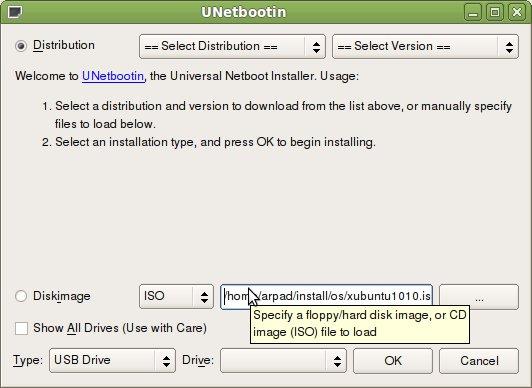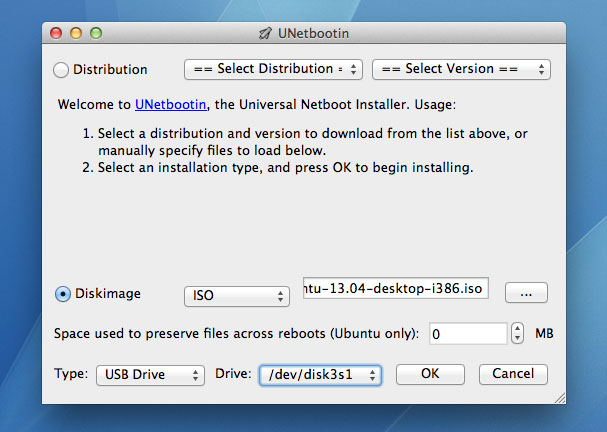
- #CREATE BOOTABLE MACOS USB ON WINDOWS FOR MAC WITH .ISO HOW TO#
- #CREATE BOOTABLE MACOS USB ON WINDOWS FOR MAC WITH .ISO INSTALL#
- #CREATE BOOTABLE MACOS USB ON WINDOWS FOR MAC WITH .ISO MAC#
#CREATE BOOTABLE MACOS USB ON WINDOWS FOR MAC WITH .ISO MAC#
However a USB stick has to be inspected by the Mac as it tries to mount it for consumption by the Mac. What should work all the time is ‘dd’ to a raw disk. Using ‘diskutil’ is not always possible if you have an fairly old MacOSX version, because it did not exist until more recent MacOSX versions. So using The “Disk Utility” seems to have stopped working ever since Sierra came out. Write a script to do the work – get everything right for nearly all situations – and then you should be able to repeat it without errors. I have found that as with most things in UNIX/BSD/Mac
#CREATE BOOTABLE MACOS USB ON WINDOWS FOR MAC WITH .ISO INSTALL#
If you know of another method to quickly turn ISO images into bootable install volumes, do let us know in the comments! This method should work fine in all versions of OS X, regardless of what’s running on the Mac. We’ve covered a similar dd trick, but the modifications outlined here make the above process faster and more reliable for some users. For example, if you made an ISO yourself of a volume, you could use the above command sequence to copy that ISO to another volume as well. When finished, you can eject the volume, it’s ready to go.įor what it’s worth, this works to copy ISO images that aren’t boot volumes and installers too.

There is no progress bar so just wait it out, how long the ISO copy process takes depends on a variety of things, including the speed of the Mac, the speed of the target volume, and the size of the ISO file being copied or burned to the destination.


#CREATE BOOTABLE MACOS USB ON WINDOWS FOR MAC WITH .ISO HOW TO#
How to Copy an ISO File to a Target Drive Using ‘dd’ in Mac OS X That risk makes this method not appropriate for novice Mac OS X users, instead, those users should turn to the simpler approach of using Disk Utility to burn an ISO the traditional way instead. By using sudo dd, there is little margin for error, and a wrongly implicated disk identifier could result in permanent data loss. It’s important to note this is somewhat advanced and should only be used by Mac users who are thoroughly comfortable with the command line. There are alternative solutions, but this command line approach using dd requires no third party downloads, it is quite fast, and is consistently reliable in producing bootable volumes out of ISO files. If you have downloaded an ISO image of another operating system, say Ubuntu Linux or Windows 10, and you wish to turn that ISO image file into a bootable USB installer drive using a USB flash drive or USB key, you’ll find the most reliable way to copy or ‘burn’ the ISO to that target USB volume is by turning to the command line of Mac OS X.


 0 kommentar(er)
0 kommentar(er)
